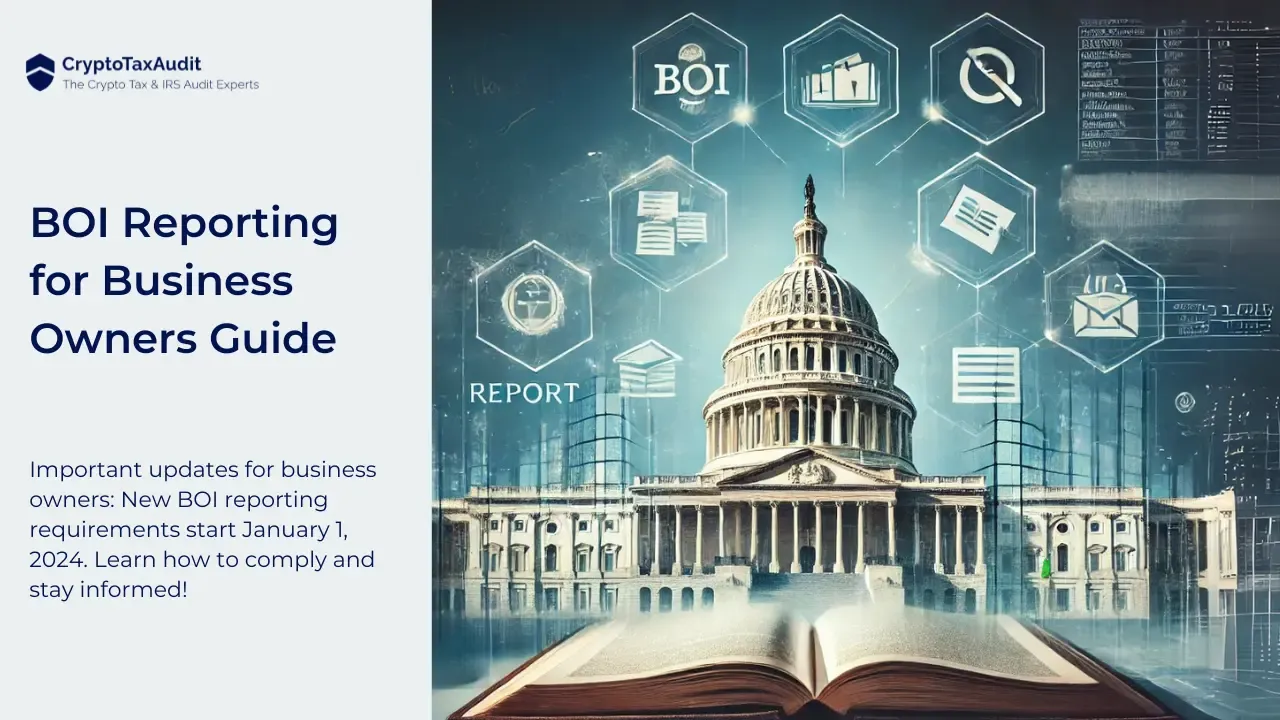Vehicles - Business Use
Jan 01, 2023The deduction for business auto expenses generally applies only to self-employed persons. Exceptions exist for Armed Forces reservists, qualified performing artists, and fee-basis state or local government officials. Reimbursements under accountable plans are allowed.
If you use your car or truck in your business, you may be able to deduct the costs of operating and maintaining your vehicle. You also may be able to deduct other costs of local transportation and traveling away from home overnight on business. If you use your car or truck for business purposes, you can deduct expenses using either the standard mileage rate or actual expenses.
Note: You must claim the standard mileage rate in the first year if you want the option of claiming the standard mileage rate in later years.
Local Transportation
Local transportation expenses include the ordinary and necessary costs of:
• Getting from one workplace to another in the course of your business when you are traveling within the city or general area that is your tax home.
• Visiting clients or customers.
• Going to a business meeting away from your regular workplace.
Business use of a vehicle includes visiting clients or customers or traveling between a home office and another work location in the same trade or business.
Local business transportation does not include expenses you have while traveling away from home overnight. Those expenses are deductible as travel expenses. However, if you use your car while traveling away from home overnight, use these rules to compute your car expense deduction.
Tax Home
Generally, your tax home is your regular place of business, regardless of where you maintain your family home. It includes the entire city or general area in which your business is located.
Generally, you cannot deduct the costs of driving your car or truck between your home and your main or regular workplace. These costs are personal commuting expenses.
Office in Home
Your workplace can be your home if you have an office in your home that qualifies as your principal place of business. Therefore, daily transportation costs between home and another work location in the same trade or business are deductible.
Personal Use
Any use of a vehicle that is not for business purposes is considered personal use and is not deductible. If you use a vehicle for both business and personal use, the percentage of use must be allocated.
Example: Billy is a contractor and drives his car 20,000 miles during the year: 12,000 miles for business use and 8,000 miles for personal use. Billy can claim only 60% (12,000 ÷ 20,000) of the cost of operating his car as a business expense.
Standard Mileage Rate
Using the standard mileage rate eliminates the need to keep track of actual costs.
For 2024, the standard mileage rate for the cost of operating your car for business use is 67.0¢ per mile.
Costs Included in the Standard Mileage Rate
The standard mileage rate can be used to replace the actual cost of depreciation, lease payments, maintenance and repairs, gasoline, oil, insurance, and vehicle registration fees.
Cars for hire. The standard mileage rate can be used for cars used for hire, such as a taxi, Uber, Lyft, or rideshare. Other rules that limit the use of the standard mileage rate still apply.
Costs Not Included in the Standard Mileage Rate
In addition to deducting the standard mileage rate, the following costs are also deductible.
- Auto loan interest (business-use percentage).
- Personal property tax (business-use percentage).
- Parking fees and tolls (if business-related).
Choosing the Standard Mileage Rate
To use the standard mileage rate for a car that you own, it must be used in the first year your car is available for business. In later years, you can choose between the standard mileage rate method or actual expenses. If you use the standard mileage rate, you cannot also deduct actual car expenses for that year.
Standard Mileage Rate Not Allowed
You cannot use the standard mileage rate if you:
- Use five or more cars at the same time (such as in fleet operations),
- Claimed a depreciation deduction for the car using any method other than straight line,
- Claimed a Section 179 deduction on the car,
- Claimed the special depreciation allowance on the car, or
- Claimed actual car expenses for a car you leased.
Five or more cars. If you own or lease five or more cars that are used for business at the same time, you cannot use the standard mileage rate for the business use of any car. However, you may be able to deduct your actual expenses for operating each of the cars in your business. You are not using five or more cars for business at the same time if you alternate using (use at different times) the cars for business.
Example: Tony and his employees use his four pickup trucks in his landscaping business. During the year, he traded in two of his old trucks for two newer ones. Tony can use the standard mileage rate for the business mileage of all six of the trucks he owned during the year.
Example: Maureen owns a car and four vans that are used in her housecleaning business. Her employees use the vans, and she uses the car to travel to various customers. Maureen cannot use the standard mileage rate for the car or the vans. This is because all five vehicles are used in Maureen’s business at the same time. She must use actual expenses for all vehicles.
Actual Expense Method

If you choose the actual expense method in the first year, it must be used in all subsequent years until the vehicle is no longer used for business.
Sales tax paid on the purchase of a car is added to the basis of the car and deducted through depreciation.
Business percentage. If the actual expense method is used, calculate the business percentage of vehicle expenses. Keep track of business miles driven for the year and the total miles driven for the year.
Example: Emily is the sole proprietor of a flower shop. She drove her van 20,000 miles during the year. 16,000 miles were for delivering flowers to customers and 4,000 miles were for personal use. Emily can claim only 80% (16,000 ÷ 20,000) of the cost of operating her van as a business expense.
Nondeductible expenses. Fines for traffic violations are never deductible, even if incurred while driving for business.
Copyright © 2024 Tax Materials, Inc.
All Rights Reserved




